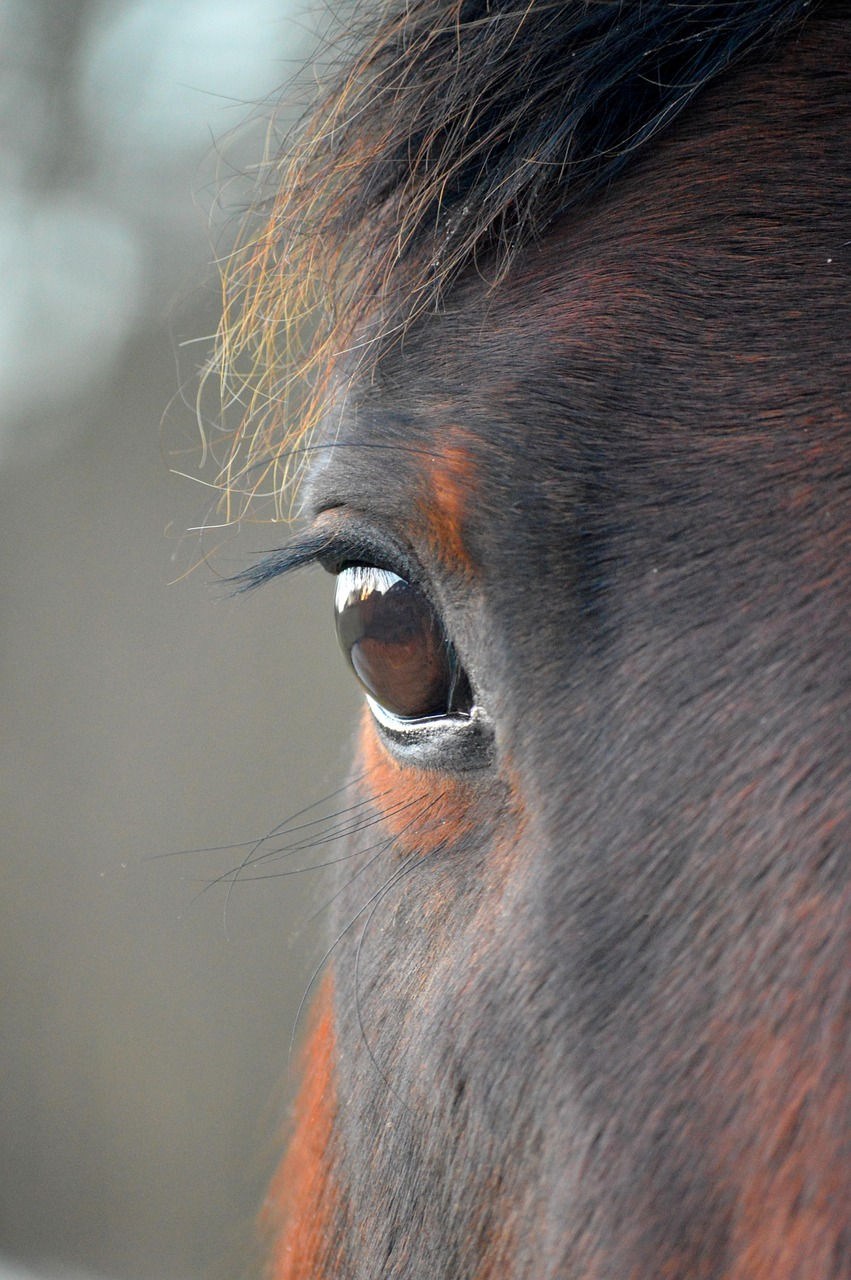Leadership and Horses
- Suzy Maloney B.Eq.Sc.
- Jul 14, 2024
- 3 min read

I heard something the other day that really resonated with me, “A good leader empowers others.” Leadership and horses can be a touchy topic, with some saying the idea of the human being a good leader for the horse is outdated. The view being that the human and horse are together as equals with neither being leader or follower. While this idea appeals to me, it’s not what I see playing out in the paddock every day between my horses. In the world of horses, the principles of leadership are vividly demonstrated through their interactions, hierarchies, and communication with each other.
I do feel that horse herds function around the form of leaders and followers, and that when a horse trusts a person as their leader, they can relax and be happy feeling safe and cared for. I also believe that this does not require belittling or suppression of the horse in any way at all. Intimidation and force may appear to be getting results, but they're short-lived results, it's also morally questionable and unnecessary. It’s this form of leadership that people may see in the broader equine world, and it is definitely not what I'm talking about.
A good leader empowers the horse to reach their full potential and helps them overcome their fears, they never push horses through it, creating stress and trauma. A good leader is open to listening to the horse, allowing them to have input into what is happening and changing what they do in response. We earn the trust of a skittish horse through patient understanding, not force. We build trust by listening attentively, being fair in our decisions, and demonstrating integrity in our actions.
Effective leadership isn’t about commanding authority. In herd dynamics, horses often exhibit leadership by guiding and protecting other members, particularly in the presence of perceived threats. Leadership is about forging strong connections and inspiring confidence. When we as a strong leader ask the horse to join with us to overcome an obstacle, as a combination we can do so much more than either of us could individually.
Horses can notice extremely subtle cues from our posture, eye contact, and movement. Clear communication is essential in both horsemanship and leadership. Horses respond best to clear, concise cues that leave no room for ambiguity. A horse can sense fear or confidence in their handler, a leader's demeanour and body language can significantly impact how they are perceived and followed. As always, the personal work we do with ourselves precedes everything we do with the horses. How are we presenting to our horses? Are we giving the message that we are a good leader?
The number one gift we can give to our horses is to stay calm. If as a strong leader we stay calm and steady through all the random things that arise, no matter how scary or crazy they seem, our horses can trust us. We want to stay steady no matter what. If we don't get scared, angry, frustrated, or fall into any other of the human emotions that can rustle our calm, our time with horses transforms.
A good leader remains flexible and adaptable, able to change strategies or plans when circumstances require. The wisdom of horses serves as a timeless reminder of the power of leadership grounded in respect, communication, consistency, calmness, and empathy. There is so much we can learn from horses. They mirror to us how we are presenting, so we can learn and grow in all our leadership skills in a positive way that respects and empowers our horses.
Suzy Maloney B.Eq.Sc.Dip.Couns.
Happy Horses Bitless
Considerate Horsemanship
Email: suzy@happyhorsesbitless.com
Lismore, NSW, Australia
Ph: 0401 249 263



Comments